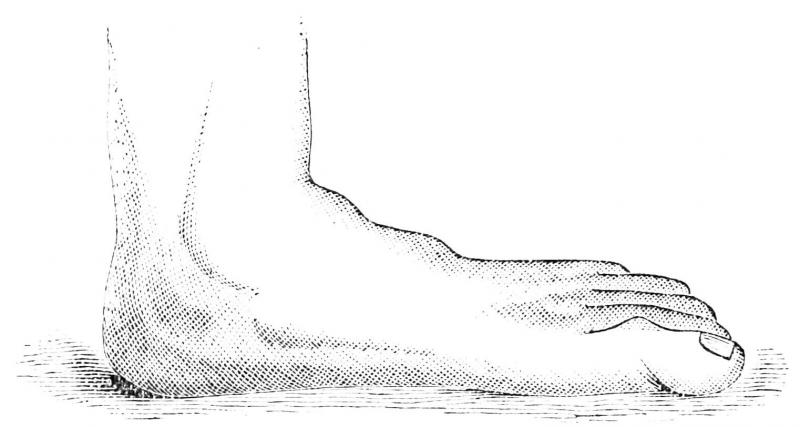Without An Arch To Stand On (All About Flat Feet)
Posted by JB Smith, Co-Owner on

What do 20% of Americans have in common with a platypus? If you guessed flat feet, you are correct! Flat feet, used interchangeably with the term “fallen arches,” is a biomechanical dysfunction that is most often inherited. Most babies are born without the arch found in normal adult feet but eventually develop it over time as the tendons grow stronger and tighter.
However, some feet never develop this curve. While flattening is a normal part of the walking cycle, in those with rigid flat feet, there is a minimal or nonexistent arch even when the foot is in resting position. When the foot makes an imprint, you see the whole sole of the foot, with hardly any visible inner curve.
While most with flexible flat feet live a life free from pain, many people with rigid flat feet suffer foot problems. The condition contributes toneuromas, a thickening of the nerve in the space between toe joints. It can also lead to bunions and hammertoes, as the foot is forced to adapt its shape so that it can function properly despite the lacking arch.
Pain may reach well beyond the foot as well. Flat feet can cause plantar fasciitis, chronic inflammation of the tissue that runs across the bottom of your foot, all the way from your heel bone to your toes. The strain that the foot experiences at the heel bone can present itself farther up the leg – at the ankle, all the way at the knee and up through the hip, and eventually in the lower back. Additionally, the extra effort on the part of the lower body can result in major fatigue or cramping after physical activity.
Though the presence of flat feet is usually based on genetics, it can be acquired over the years due to other lower body abnormalities (for example, a tight Achilles tendon) or to compensate for injuries to ligaments and tendons. Pregnant woman may suffer flat feet as a result of hormones that relax the body’s ligaments further along in the pregnancy. Adults in the 60-70 age range are also more susceptible to developing flat feet, though they might find it more concentrated on one foot over the other.
But while flat feet can be troublesome, there are things you can do to lessen its toll on your body.
- Look for shoes with motion control and stiff soles
- Try arch support inserts
- Opt for shoes with semi-straight lasts for flat feet, or with straight lasts for feet with extremely low or collapsed arches
Since flat feet is often associated with pronation (meaning the ankle bones lean inward toward the center line), runners might choose athletic shoes that correct the abnormality, making long distance running easier and less tiring.
And always remember, the trained SHOES-n-FEET staff is ready to help you find the right shoes and shoe inserts for your flat feet. We can also recommend a qualified podiatrist in your area to fit you with custom orthotics if necessary (just remember to bring them with you when you come back to buy a new pair of shoes!).
